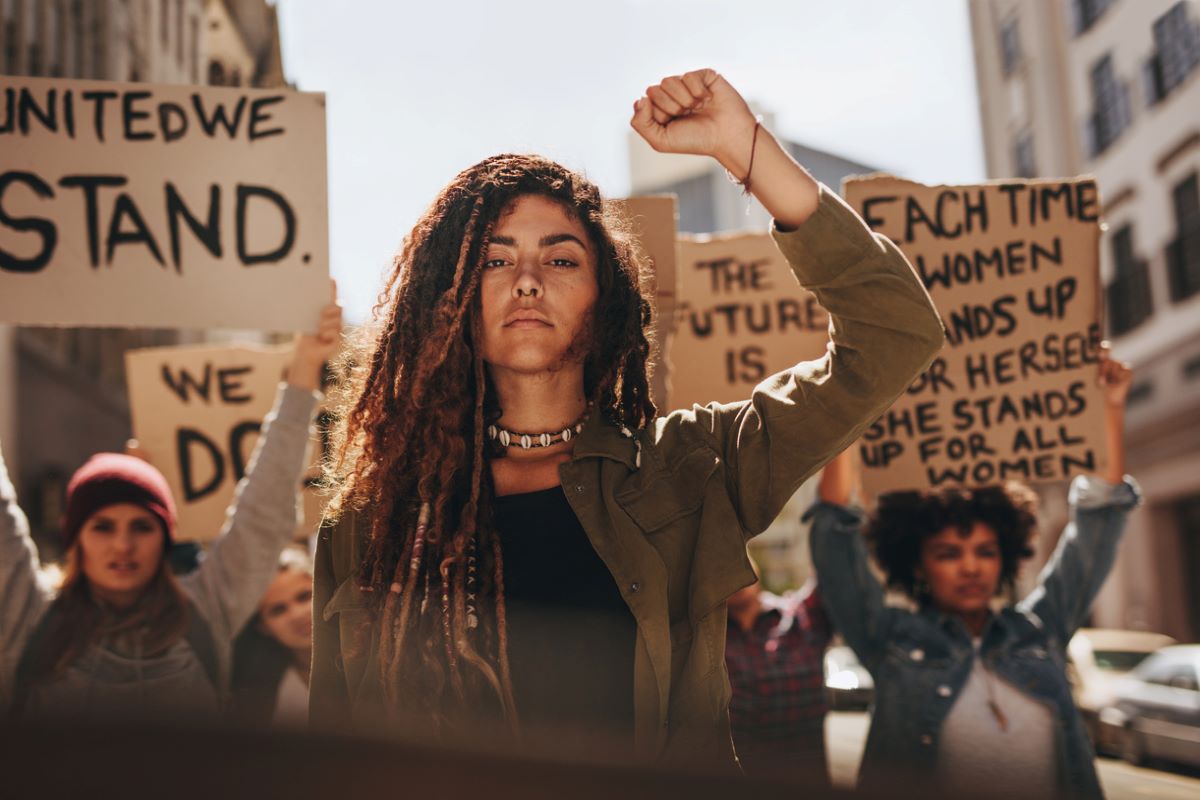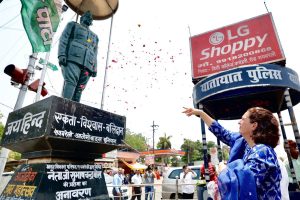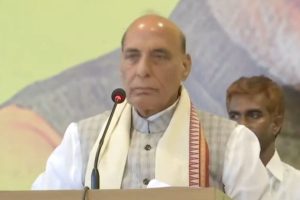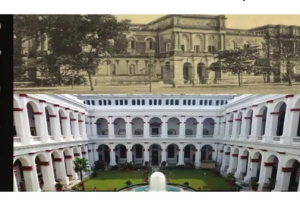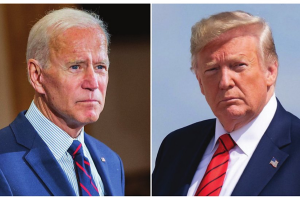The glaring gender disparity in political representation revealed by the numbers of women candidates in the 2024 Lok Sabha elections is not just a statistical anomaly but a sobering reflection of entrenched patriarchal norms that continue to pervade Indian politics. Despite the grand rhetoric surrounding “nari shakti” (women’s power) and the pas sage of the women’s reservation law, political parties have fallen short of their professed commitments to gender equality. The dismal figures speak volumes: with the BJP fielding just one woman for every six candidates and the Congress faring worse at one in seven, it is evident that mere lip service to women’s empowerment is not enough to ensure meaningful change. The failure of both major parties to nominate a single woman candidate in Bihar, a state notorious for its patriarchal politics, underscores the pervasive nature of gender discrimination within the political establishment. While the women’s reservation law holds. promise for increasing womens representation in Parliament and state assemblies, its implementation was deliberately pushed back. Both the BJP and the Congress have touted their support for the legislation, yet their actions belie their words. Despite incremental improvements in the number of women candidates fielded compared to previous elections, neither party has come close to meeting the 33 per cent target..
Moreover, the lack of women candidates is not confined to the two major parties alone. Other political outfits, including regional players like AAP and BSP, have also failed to prioritise gender diversity in their candidate selection processes. The absence of women candidates in key states like Delhi and Uttar Pradesh reflects a broader pattern of marginalisation and exclusion faced by women in Indian politics.
The reasons behind this gender gap are complex and multifaceted, rooted in deep-seated societal attitudes and structural inequalities. Despite progress in areas such as education and economic empowerment, women continue to face barriers to political participation, ranging from cultural norms that discourage women leadership to systemic biases that favour male candidates. Addressing these challenges requires a concerted effort on multiple fronts. Political parties must adopt proactive measures to promote women’s leadership within their ranks, including setting targets for female representation and implementing gender sensitive policies. Civil society organisations and grassroots movements also have a crucial role to play in advocating for gender equality and holding political leaders accountable for their commitments to women’s rights.
Ultimately, achieving gender parity in Indian politics is not just a matter of numbers; it is about transforming the underlying power dynamics that perpetuate gender inequality. As India celebrates its 77th year of independence, it is time to reaffirm our commitment to the principles of equality and justice for all, regardless of gender. Only by harnessing the full potential of women’s power can we build a more inclusive and democratic society for future generations. As things stand, the reluctance of parties to secure greater representation for women is palpable.

